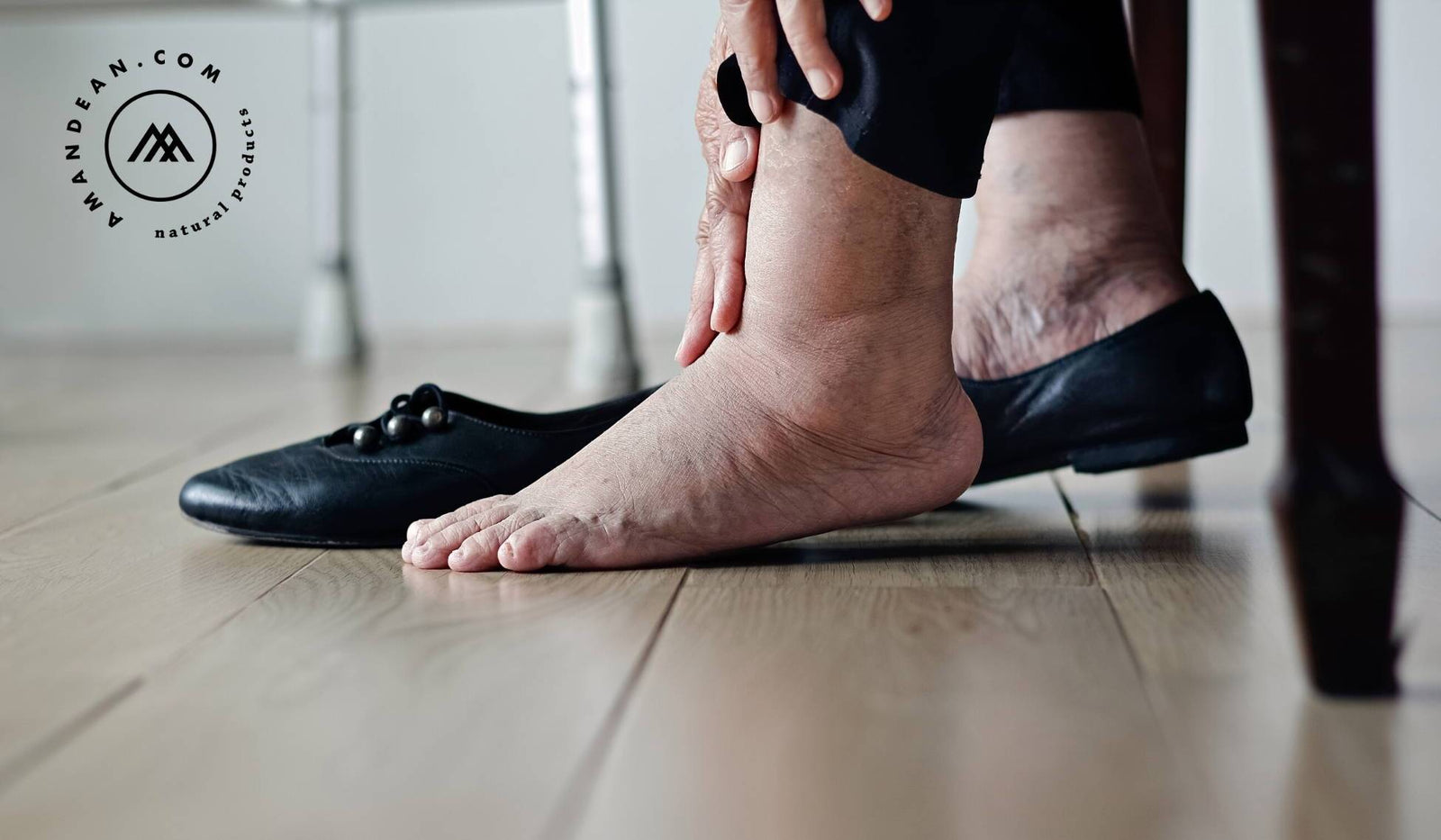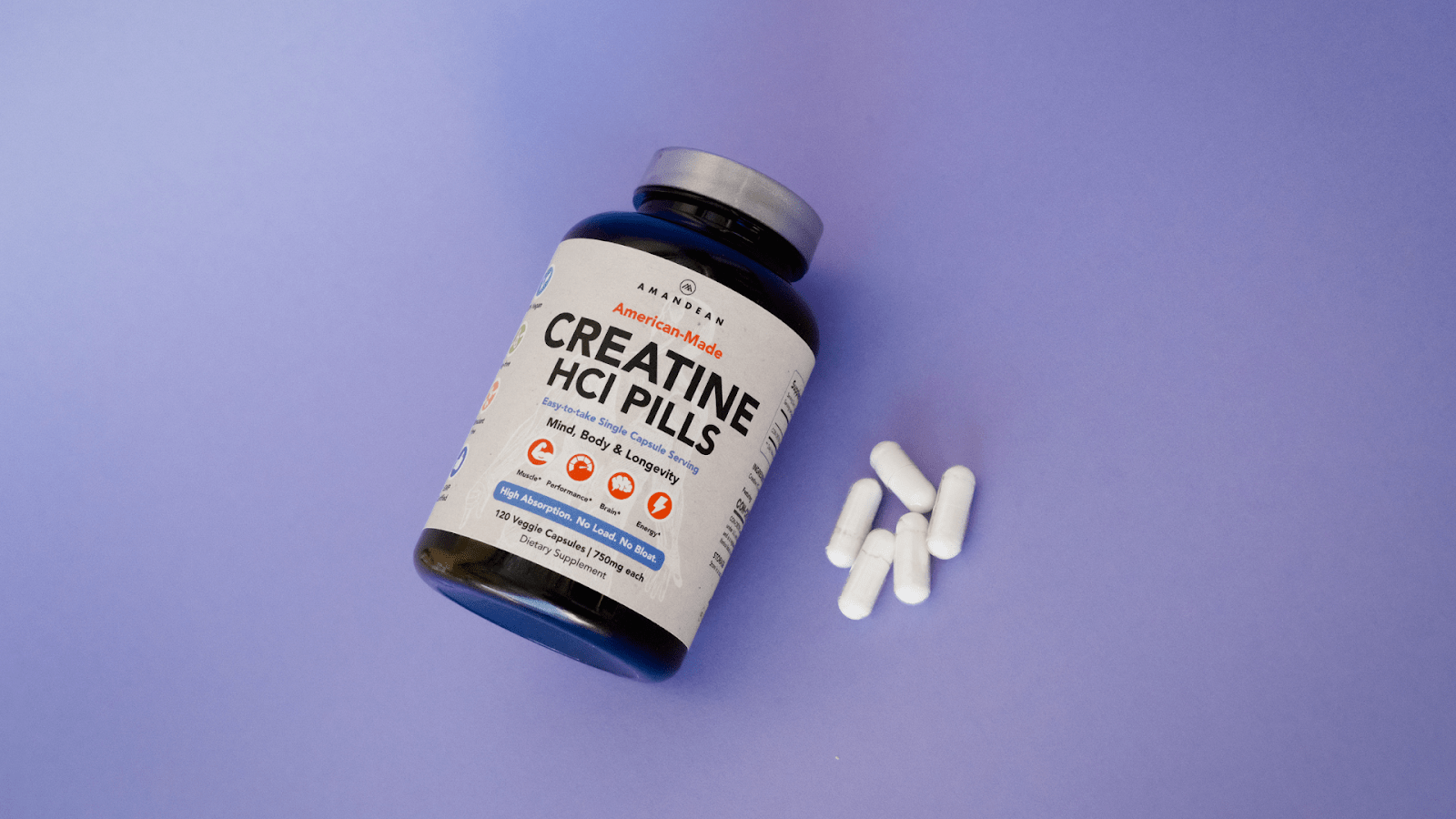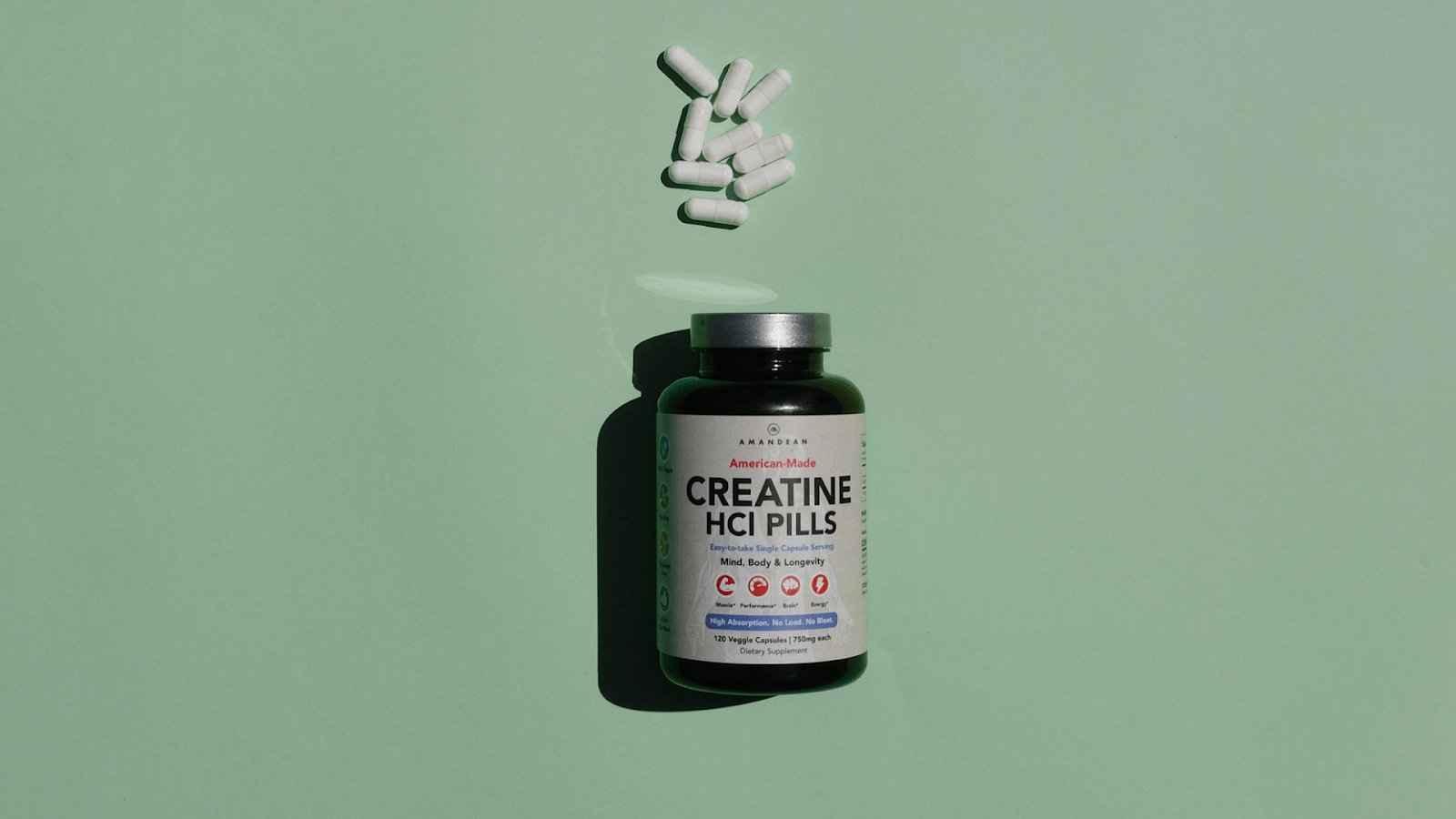Your Cart is Empty

August 17, 2021 5 min read
If you've noticed puffiness, tight and shiny skin, and swelling building up around the calves, ankles, feet, hands, and even fingers, chances are it's probably due to fluid buildup. This swelling in the lower extremities is known as “peripheral edema” and it's one of the more common complications of diabetes. However, diabetics aren't the only people who may experience this uncomfortable swelling. Pregnant women often experience swollen feet and ankles due to the excess pressure placed on the capillaries. Heat, poor diet, menstruation, excessive salt intake, burns, certain medications, and having to stand for long periods of time can also cause inflammation and swelling. Conditions like kidney disease, heart failure, liver cirrhosis, thyroid disease, lymphoedema, and deep venous thrombosis can all cause swelling as well.
People with diabetes are also at an increased risk of peripheral artery disease (PAD), which causes the blood vessels to narrow and restricts blood flow to the legs and feet. It can also cause nerve damage called peripheral diabetic neuropathy, which prevents you from feeling pain. Peripheral vascular disease, in which fatty deposits block blood vessels in the lower extremities, is also common among diabetics.

In any case, signs of edema and excessive swelling should always be discussed with a healthcare professional.
For those with type 1 diabetes and type 2 diabetes, discomfort and reduced mobility are among the mildest results of this swelling. If left untreated, however, it can have much more serious implications. Foot ulcers, infections, foot deformity, and even amputation are potential complications that can arise from untreated swelling.
Though anyone can potentially be at risk of peripheral edema and swelling around the feet and legs, many of the risk factors associated with peripheral edema are also associated with diabetes. For example, obesity, poor circulation, hypertension, venous insufficiency, heart disease, kidney problems, and the side effects of diabetes medications are all common among diabetics and contribute to blood circulation issues and fluid retention.
Diabetes is a dysfunction of the pancreas in which enough insulin is not produced. This often leads to high blood sugar levels accumulating in the blood. These high blood glucose levels can damage blood vessels, resulting in poor blood circulation. This poor circulation often traps fluid in certain areas of the body, especially the feet and ankles, and slows down the healing process. If numbness occurs, it can make it difficult to detect injuries like ankle sprains and even minor injuries like cuts. Left untreated they can get even worse or become infected, and in extreme cases amputation may be necessary.
Take our quiz and find which supplements your body is craving.




Above all, getting to the root of your swelling, whether in your feet or elsewhere, is the key to managing and even stopping inflammation. The sooner you practice good feet hygiene and monitor your health, the better your treatment and management options become. Consider regular visits to the podiatrist so your feet swelling does not develop into further complications or get out of control.
The swelling in the lower extremities is known as “peripheral edema” and it's one of the more common complications of diabetes.
People with diabetes are also at an increased risk of peripheral artery disease (PAD), which causes the blood vessels to narrow and restricts blood flow to the legs and feet.
Poor circulation often traps fluid in certain areas of the body, especially the feet and ankles, and slows down the healing process.
Regular exercise and movement are crucial to the prevention of type 2 diabetes, helping to decrease swelling and inflammation throughout the body.
Include anti-inflammatory foods in your diet instead, like nuts, fatty fish, olive oil, leafy greens, fruits, and anti-inflammatory supplements such as Boswellia Serrata.

October 17, 2025 8 min read
Find out why creatine is better for vegans! Boost your wellness game and unlock peak performance with Amandean's premium supplements today.

October 16, 2025 7 min read
Learn whether collagen in coffee is just another wellness fad. Examine the facts, benefits, and how to use collagen in coffee for beauty and joint support.

September 22, 2025 9 min read
Unlock the full benefits of creatine for women. Boost energy, beauty, and brainpower with Amandean’s clean formulas.